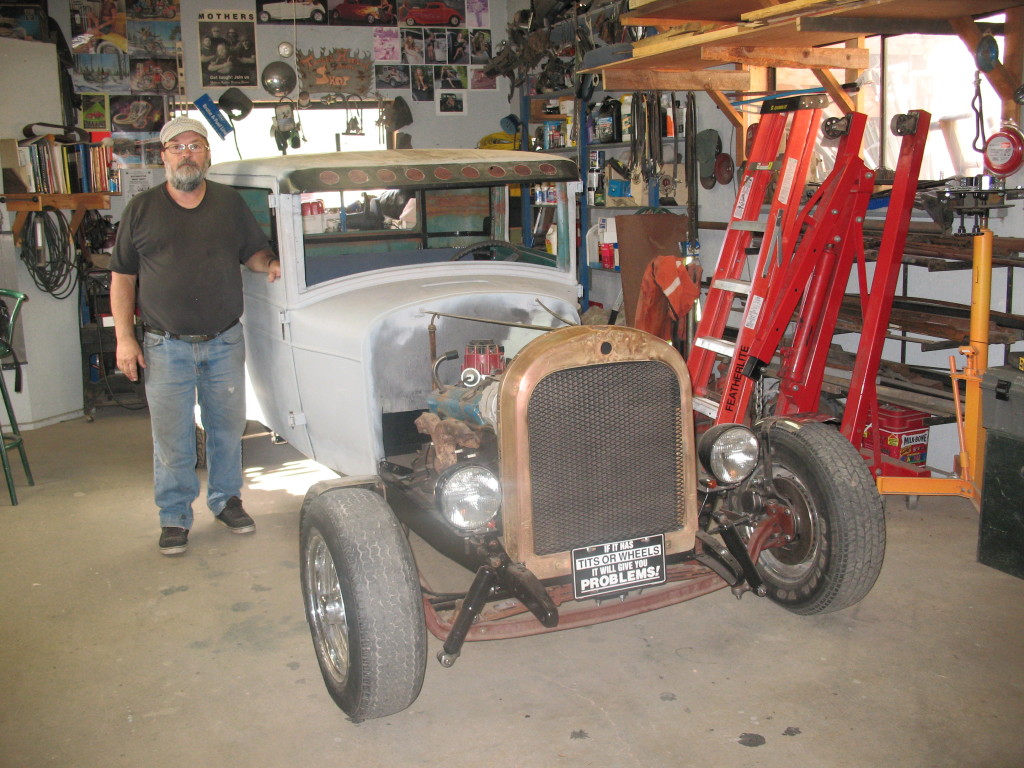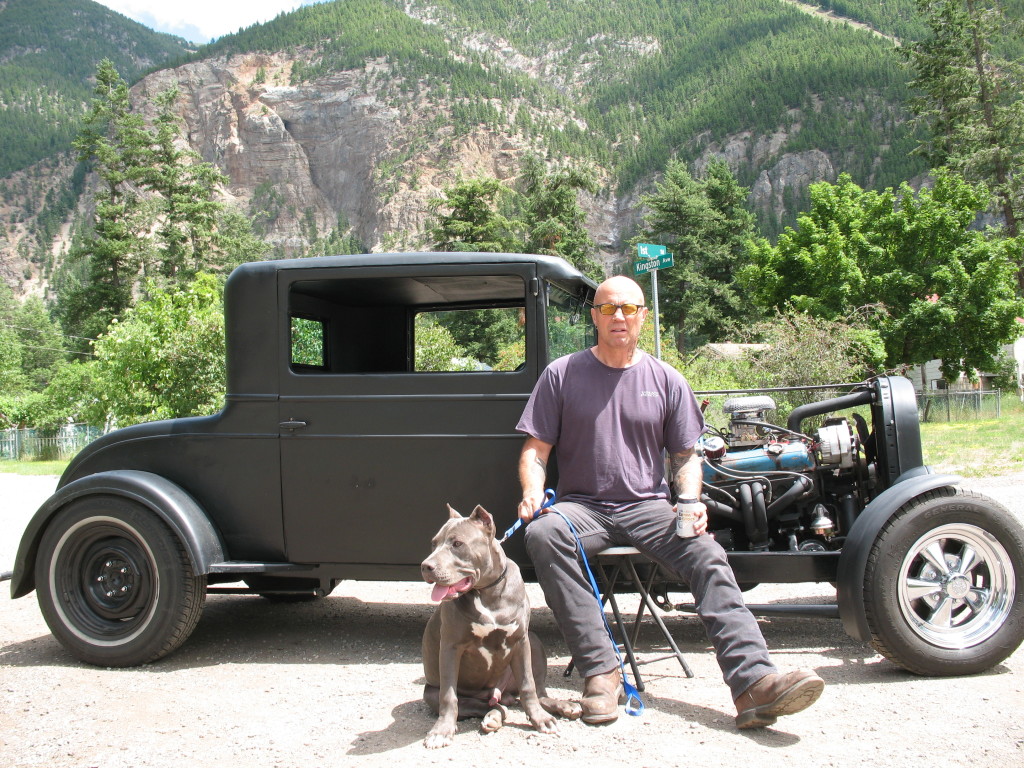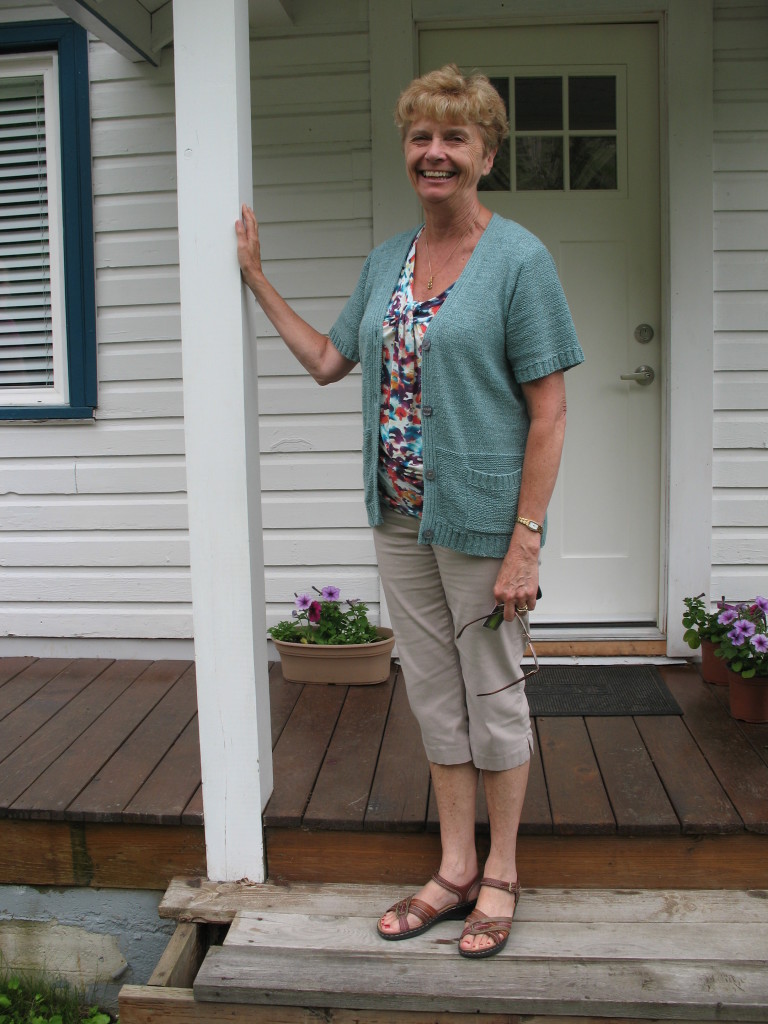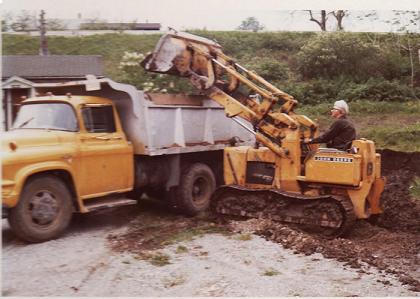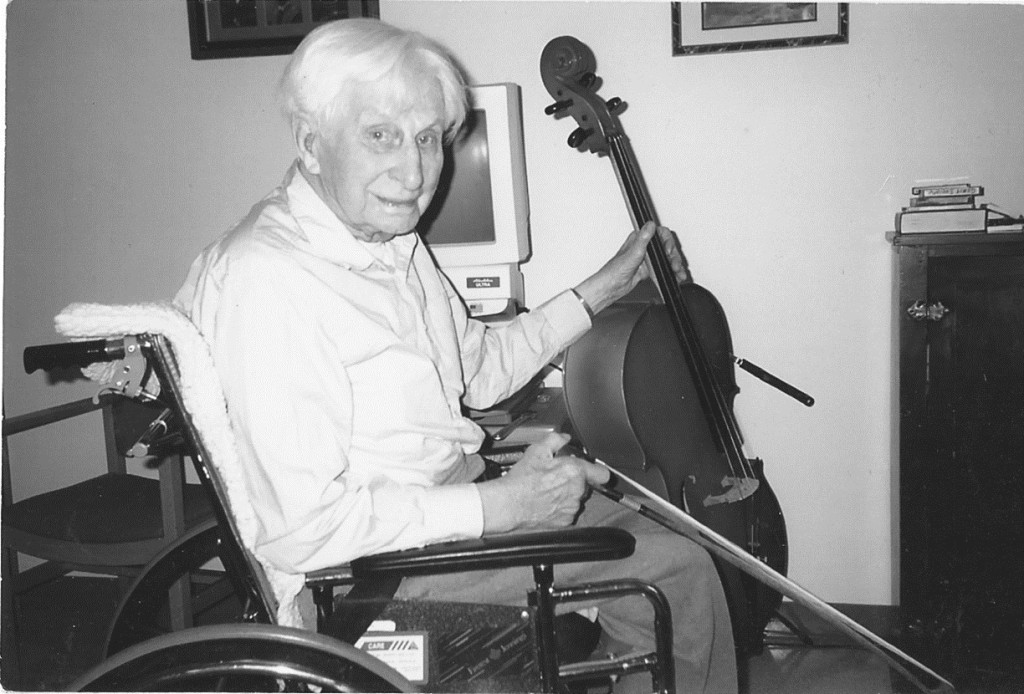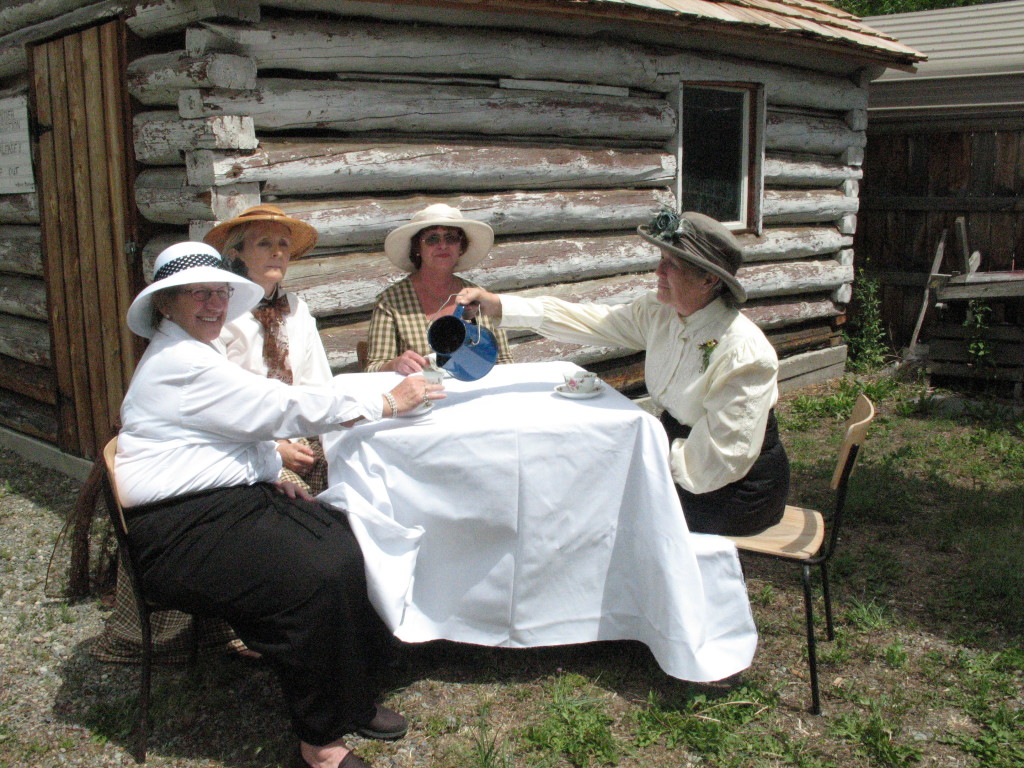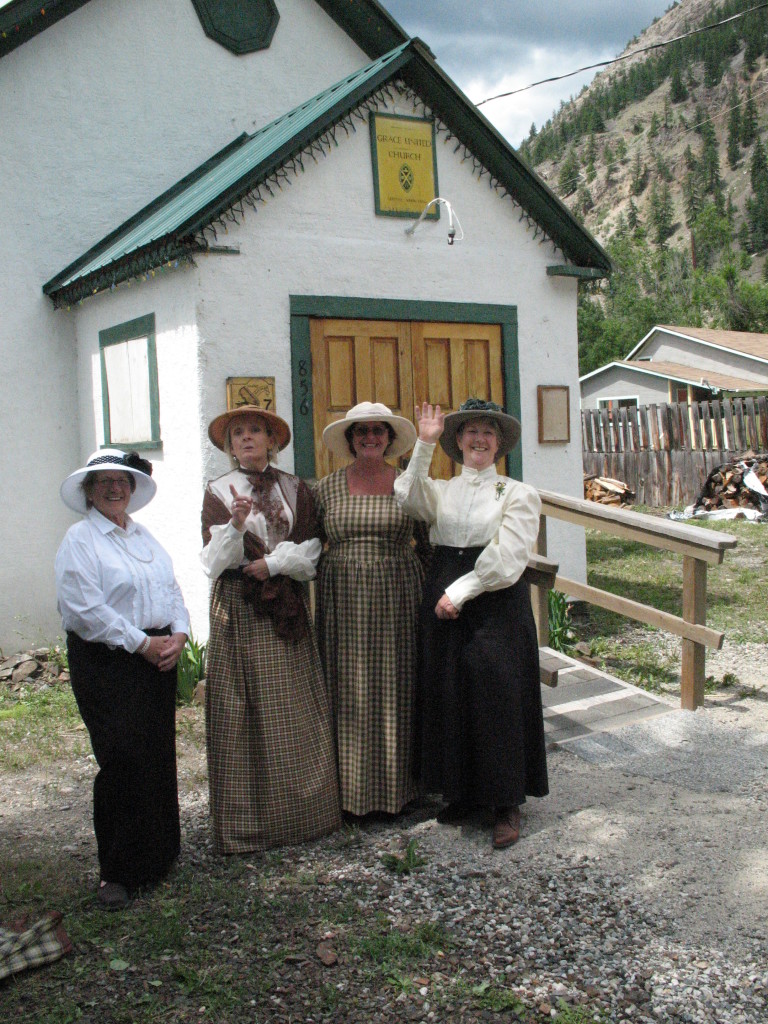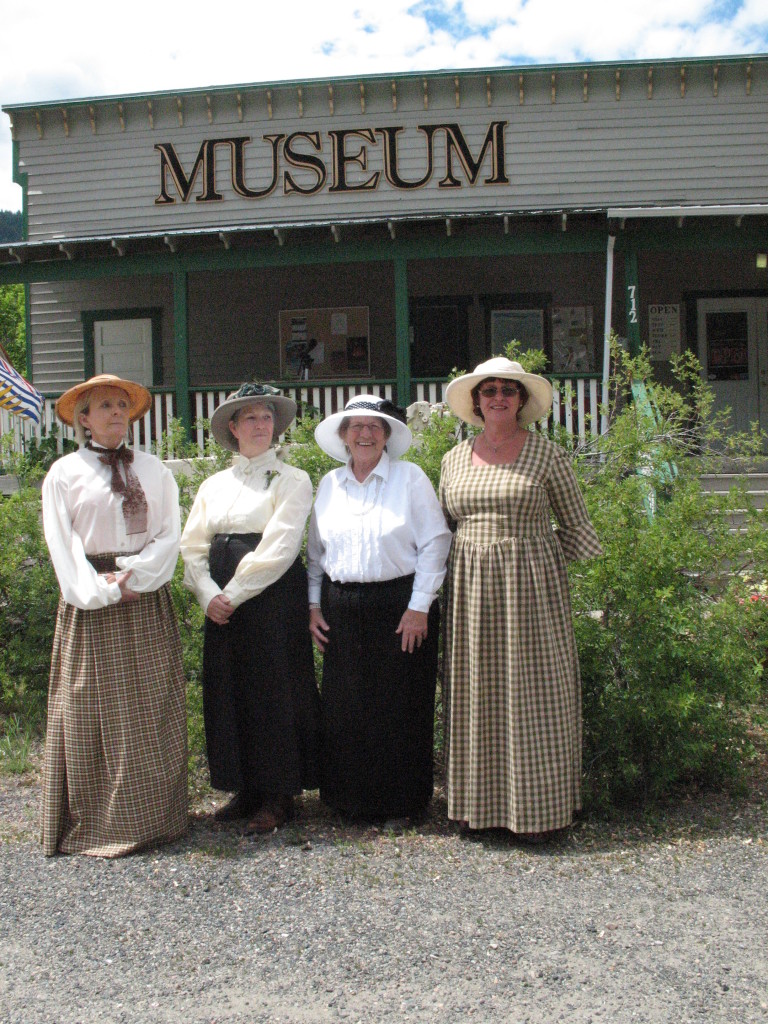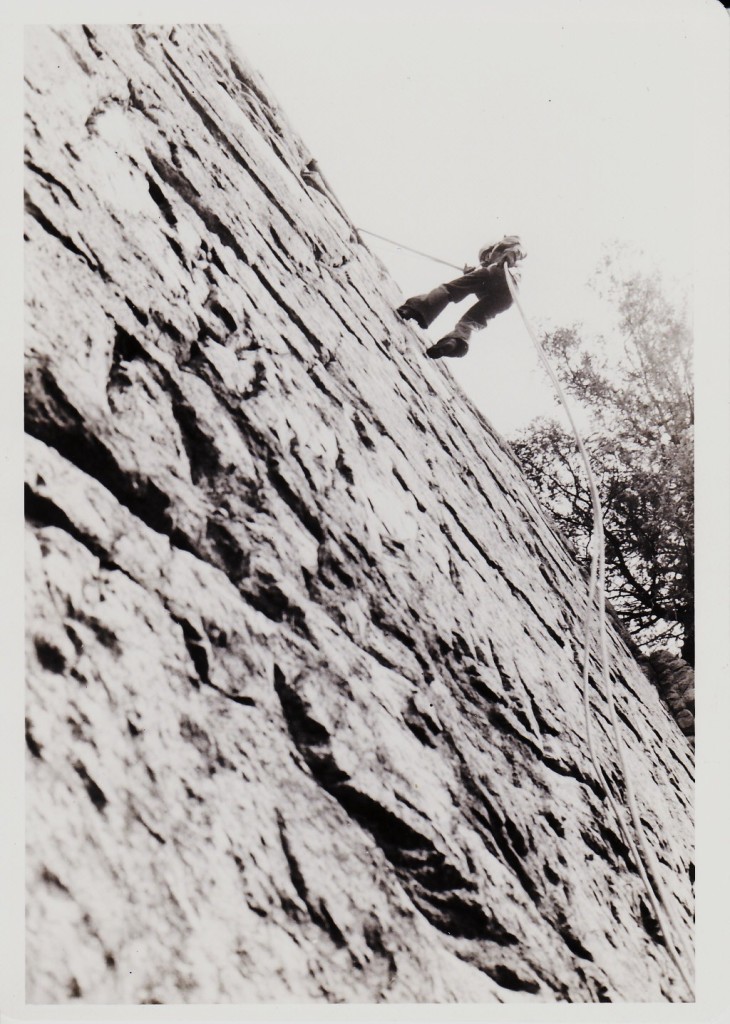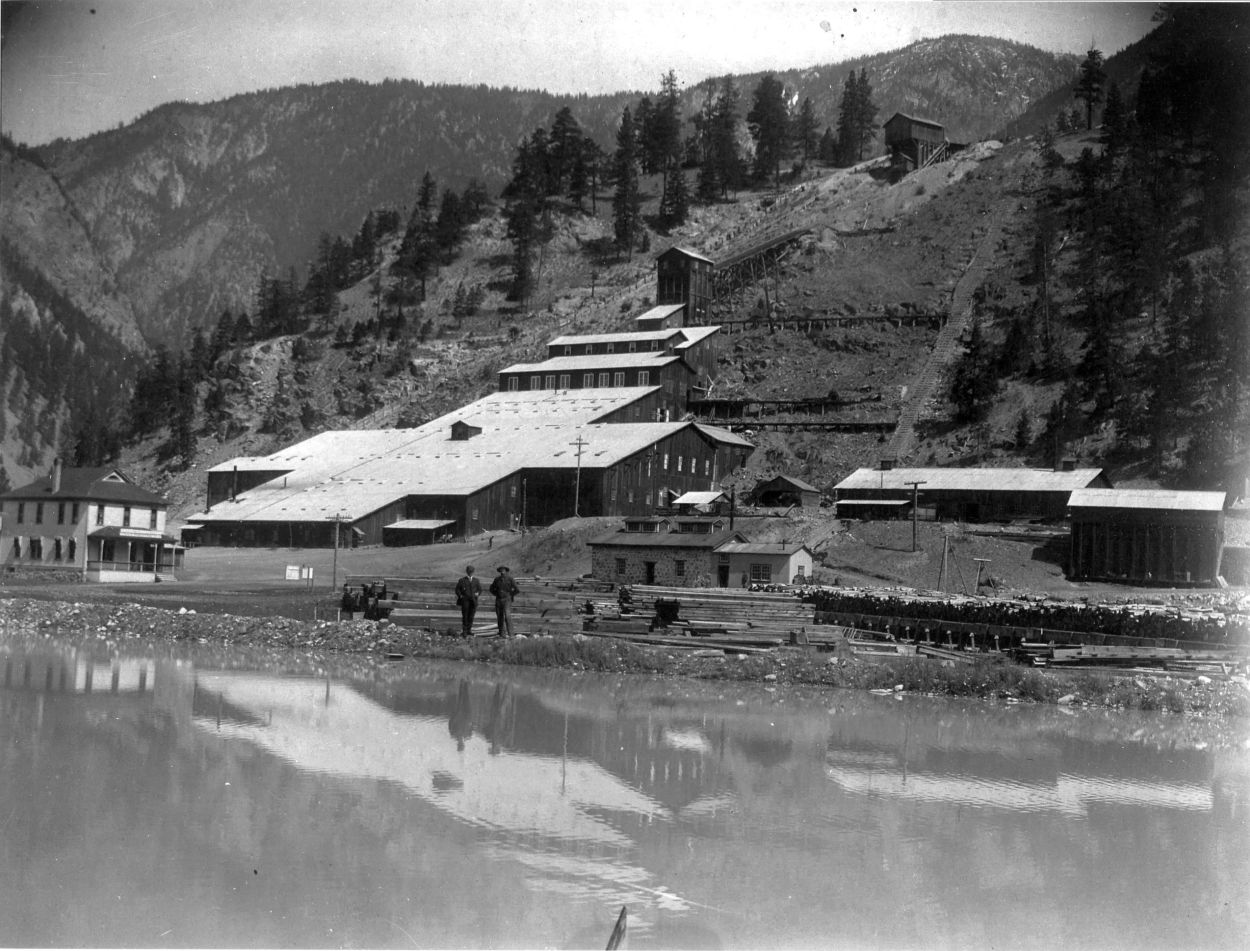
This week, when we sing “O Canada, we stand on guard for thee,” will it be with a comprehension that at times we must defend our system of government against those we have elected? I fear we have become overly complacent about our democracy, at every level of government.
We seem not to consider that early reformers worked unstintingly to attain what we have today. And we give little thought to the possibility it can be eroded by insidious forces if we become too preoccupied to observe what is happening. If my perspective seems negative at a time when we celebrate our nation, I suggest we take a careful look at what I believe is a too cozy relationship between the BC government and the giant pharmaceutical companies.
The provincial government’s arbitrary firing of 8 Ministry of Health researchers is strikingly similar to the manner in which this land was ruled before it became a nation. At that time the Governor and his appointed Council determined who received land and timber rights. Usually it was the wealthy friends of the oligarchy. The Governor and Council made all financial decisions, without permission from the people. Even after the Constitutional Act of 1791, any laws passed by the Elected Assembly could be vetoed.
When Canada was granted a Senate in 1867, its original purpose was to allow Canada’s wealthy elite to veto any legislation passed by the politicians representing the common people. Almost without exception, those in power at every level want to retain the privileges of power for their inner group. This enables them to reward those who help them hold on to their positions of influence.
The provincial government’s decisions concerning research in the pharmaceutical industry are reminiscent of a time when significant favours went to wealthy, influential speculators.
In 2012, when the government fired the researchers, it apparently didn’t occur to anyone that Roderick MacIsaac, one of the eight, would commit suicide and bring huge media scrutiny. With pointed questions, reporters began dredging up embarrassing, highly disconcerting facts concerning the possible motivation behind this decision.
In thetyee.ca, Andrew MacLeod revealed that “the researcher who committed suicide was developing a way to evaluate a project that was one of Premier Christy Clark’s pet initiatives.” It entailed the utilization of Champix, a smoking cessation drug. The Tyee reported that both Health Canada and the American FDA had issued warnings about Champix. Also, according to Colleen Fuller, Chair of PharmaWatch, other countries were removing Champix from the market at the time the B.C. government decided to list it under PharmaCare.
The Vancouver Sun learned through a Freedom of Information request that “police were never given evidence by the government to investigate the wrongdoing which was used to justify the firings, despite the government telling the public an investigation was ongoing.” The police actually closed the file due to lack of information.
Just as in the early years of our nation when the Governor and Council favoured wealthy friends, the provincial government appears to be favouring large corporations, from which they have received huge infusions of cash. Media reports indicate major pharmaceutical companies have given the Liberals tens of thousands of dollars in recent years.
The fired researchers had been delving into areas that were troubling for the pharmaceutical companies. Were the ill conceived firings the government’s manner of appeasing the multinational pharmaceuticals and thanking them for their substantial campaign contributions?
And what was the motivation behind the government’s 2012 suspension of funding for UBC’s Therapeutics Initiative research contracts? TI provides practical, evidence based prescription drug information to physicians and pharmacists. The program has saved Canada hundreds of millions and prevented many deaths from inappropriate prescriptions.
Only a massive media storm and public outcry persuaded the government to restore fifty per cent of the funding. Was our government so desperate to endear itself to the drug companies that it was willing to penalize its own citizens?
In “The March of Folly”, Barbara Tuchman suggests “the problem may not be so much a matter of educating officials of government, as educating the electorate to recognize and reward integrity of character.”
Retaining power has become a primary motivation of some in government. This makes them susceptible to the allurements of large corporate contributions.
“O Canada, we stand on guard for thee.”

